Salmon is well-known as a healthy fish that is rich in Omega fatty acids. But what about the skin? Is it okay to eat salmon skin?
It’s okay to eat salmon skin because it contains the same nutrients as salmon. However, you should check where your salmon was farmed. If it came from polluted waters, the skin might have absorbed the surrounding toxins, making it unhealthy.
Read further for an in-depth explanation of whether or not salmon skin is safe to eat. I’ll also explain if salmon skin is good for you and if it contains mercury.
Can You Eat Salmon Skin – Is It Safe?
Most people remove the skin from salmon before eating it. Although, if you’re curious about eating the skin, you’re probably wondering whether or not it’s safe.
You can eat salmon skin, and it is safe to do so as long as you know your salmon’s origins. Farmed Atlantic salmon typically contains the highest levels of pollutants and toxins. If you want salmon with fewer toxins, opt for wild Pacific salmon.
When salmon live in polluted waters, they can absorb toxins, such as methylmercury and polychlorinated biphenyls (sources: UCSF Health and EPA).
Consuming tiny amounts of these toxins won’t usually harm your health. Still, if you regularly eat salmon skin from polluted waters, the toxins could build up in your body.
Can You Eat Raw or Frozen Salmon Skin?
Raw salmon is a popular ingredient in sushi, but what about salmon skin? Can you eat it raw or frozen?
You can eat raw or frozen salmon skin if you don’t mind the slippery and tough texture. However, as with raw salmon, you risk contracting a stomach bug or food poisoning if the salmon skin isn’t stored correctly.
You should avoid eating raw or frozen salmon skin if you know that the cold chain has been broken (this refers to keeping the salmon skin constantly refrigerated or frozen). If the cold chain wasn’t maintained, it could be contaminated with bacteria.
According to the CDC, you should cook any seafood, including raw salmon skin, at 145 °F (62.7 °C), and you should avoid eating raw or undercooked seafood (source: CDC).

When you cook salmon skin thoroughly, you kill any bacteria or parasites that can give you a mild stomach bug or food poisoning. The most common bacteria in raw salmon skin are Virbio vulnificus and salmonella (source: National Library of Medicine).
Raw or frozen salmon skin can also contain parasites, such as tapeworms, which can live in your intestines and steal essential nutrients from your body.
If you don’t want to risk contracting a bacterial infection or a parasite, consider frying your salmon skin at high heat until it’s crispy and tasty. Grilling, boiling, or steaming salmon results in salmon skin that is floppy, tasteless, and gummy, not an appetizing prospect. I discuss this more in my salmon skin side up or down article.
Can You Eat Canned Salmon Skin?
Canned salmon usually contains salmon flesh and very little salmon skin. However, you don’t need to go in and dig out the tiny bits and pieces.
You can eat canned salmon skin, and it’s safe to do so because canned salmon is cooked. You might also find tiny soft bones, which are also safe to eat and rich in calcium.
Canned salmon skin is usually softer than regular cooked salmon due to the canning process and the fact that it’s cooked. If you’re making sandwiches or adding the salmon to a cooked dish, you can easily mix the salmon skin into the salmon flesh.
Salmon bones are soft and slightly crunchy, and you should consider eating them if you’re trying to increase your calcium intake.

Is Salmon Skin Good for You?
Nutritionists are always telling us to remove the skin from chicken and the fat from red meat due to the concentration of saturated fats. Most people understand the health benefits of salmon and how it can help you to increase your “good” cholesterol. Does salmon skin offer the same benefits?
Salmon skin is good for you as long as it comes from unpolluted waters. It contains similar nutrients to salmon flesh, including protein, selenium, omega-3 fatty acids, and both vitamin B and vitamin D.
I’ll discuss the health benefits of salmon skin in more detail below:
- Protein. Protein is essential for healthy muscle and organ maintenance, and it can help you feel less hungry. It’s also necessary for antibody creation to help fight infection.
- Omega-3 fatty acids. The body can’t manufacture Omega-3 fatty acids on its own, but luckily, salmon skin is rich in this helpful nutrient. Omega-3 fatty acids are thought to help keep your blood pressure and cholesterol levels healthy, and they may decrease your risk of a heart attack or stroke.
- Vitamin B. Salmon skin is rich in Vitamin B, vital for healthy cell metabolism and red blood cell development.
- Vitamin D. Vitamin D helps distribute calcium and phosphate to where it’s needed in the body, and salmon skin contains plenty of Vitamin D.
- Selenium. Selenium is an excellent antioxidant and helps protect the body against free radical cell damage.
Is Salmon Skin High in Fat or Calories?
As an oily fish, salmon has more calories than white fish, such as hake or cod. Is the same true for salmon skin?
Salmon skin is high in fat and calories. However, as with salmon, salmon skin consists primarily of healthy fats. A 15 g (0.53 oz) portion of salmon skin has 90 calories, so you may need to eat it in moderation if you’re trying to lose weight.
The healthy fat in salmon skin is polyunsaturated fat (Omega-3 fatty acids) which helps to keep your cholesterol levels normal and promote healthy brain and eye functioning (source: Eat This Much).
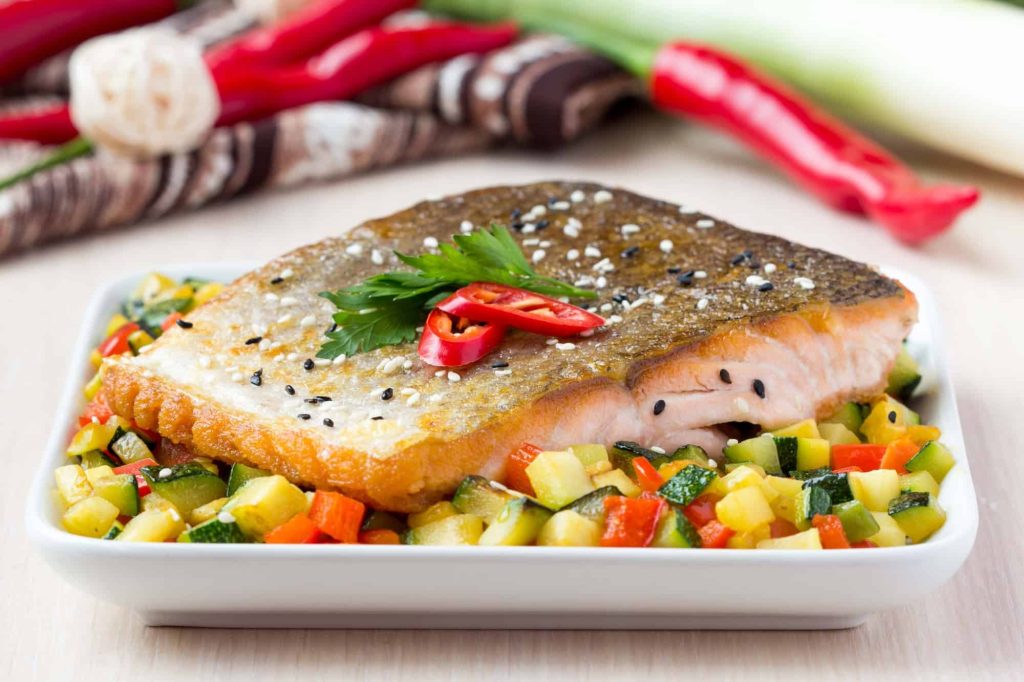
Does Salmon Skin Contain Mercury?
Some fish types have high mercury levels, which can harm your health. Consuming too much mercury can negatively affect your muscles and nervous system.
Salmon skin contains tiny amounts of mercury, which health agencies consider low and safe for consumption. If you’re still worried about mercury in salmon skin, you should only buy wild-caught salmon.
According to the Environmental Defense Board and the FDA, salmon is one of the best choices you can make when selecting fish with low mercury levels (sources: Environmental Defence Board and FDA).
I hope that you have found this article on salmon skin useful and that it will guide you when deciding on whether or not to eat it. You might also be interested in whether or not you can eat salmon scales, too.


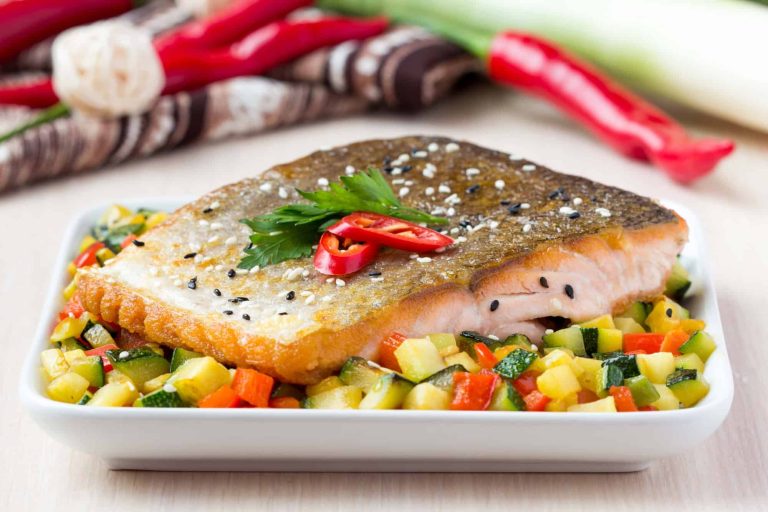



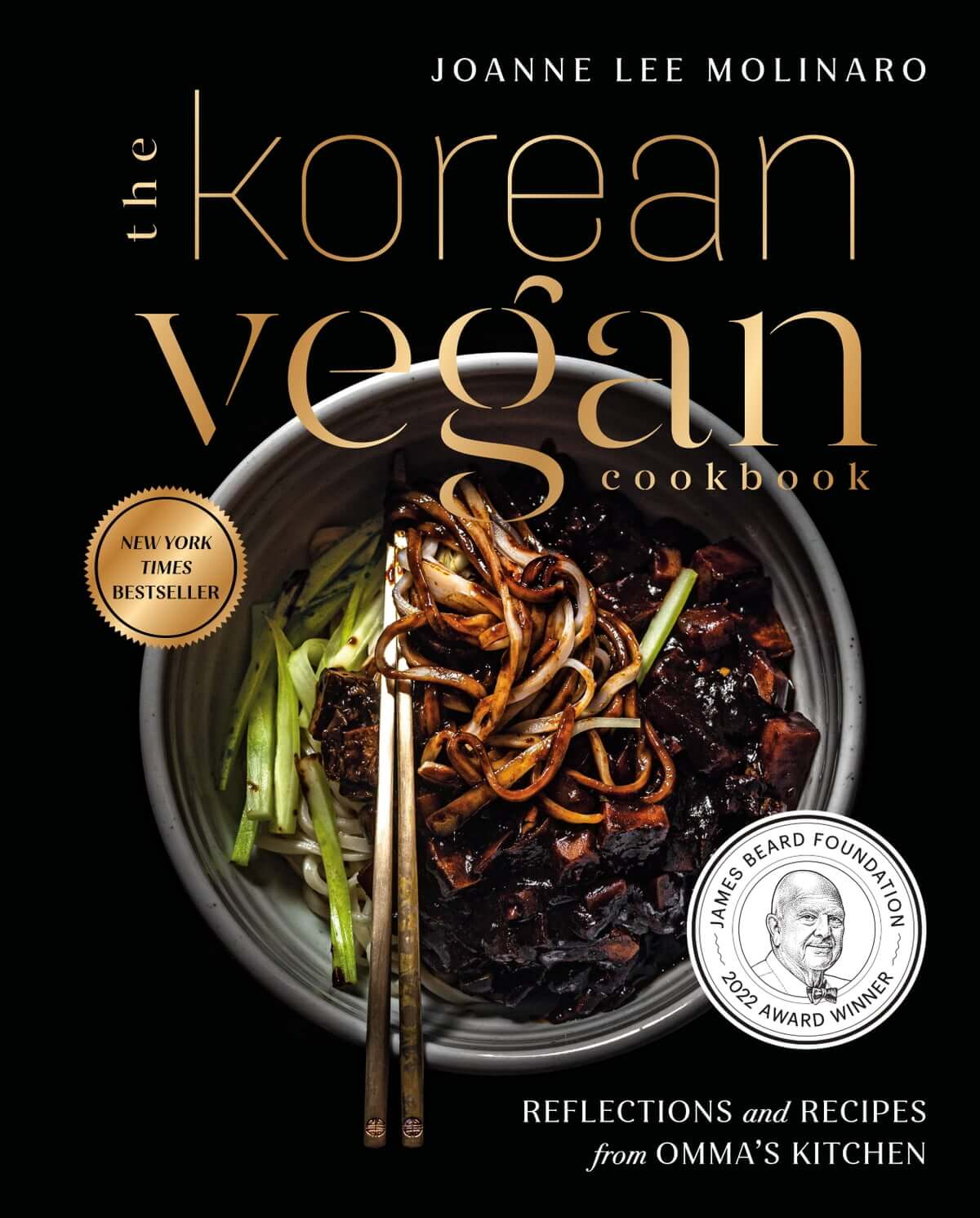
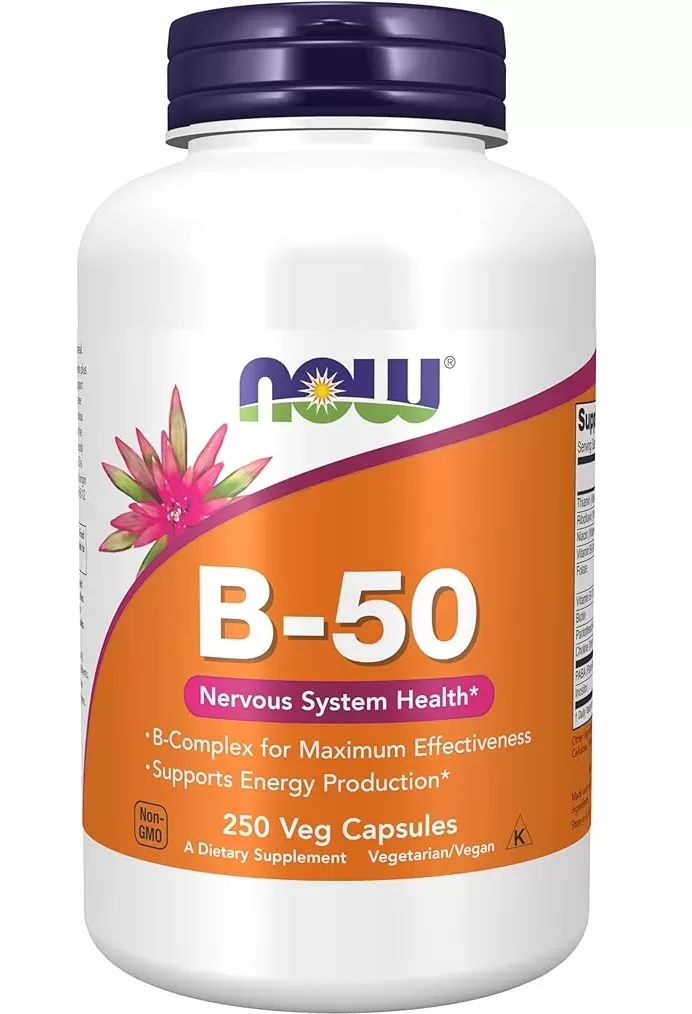
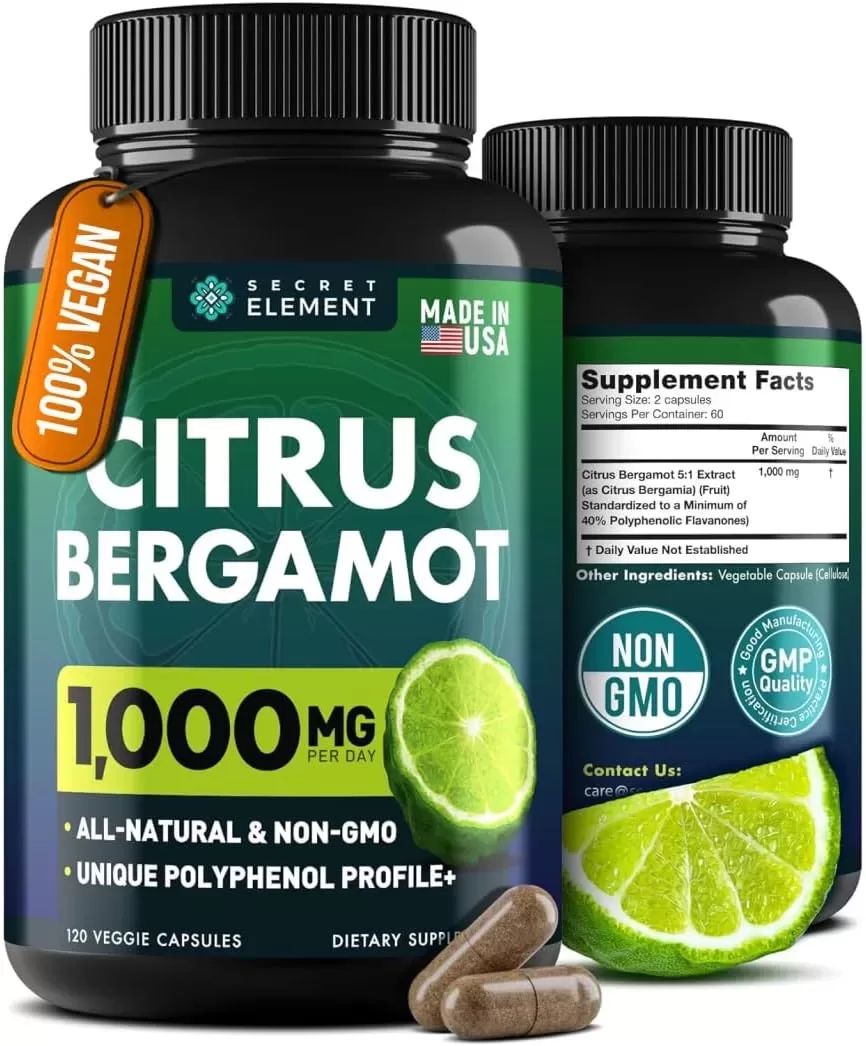
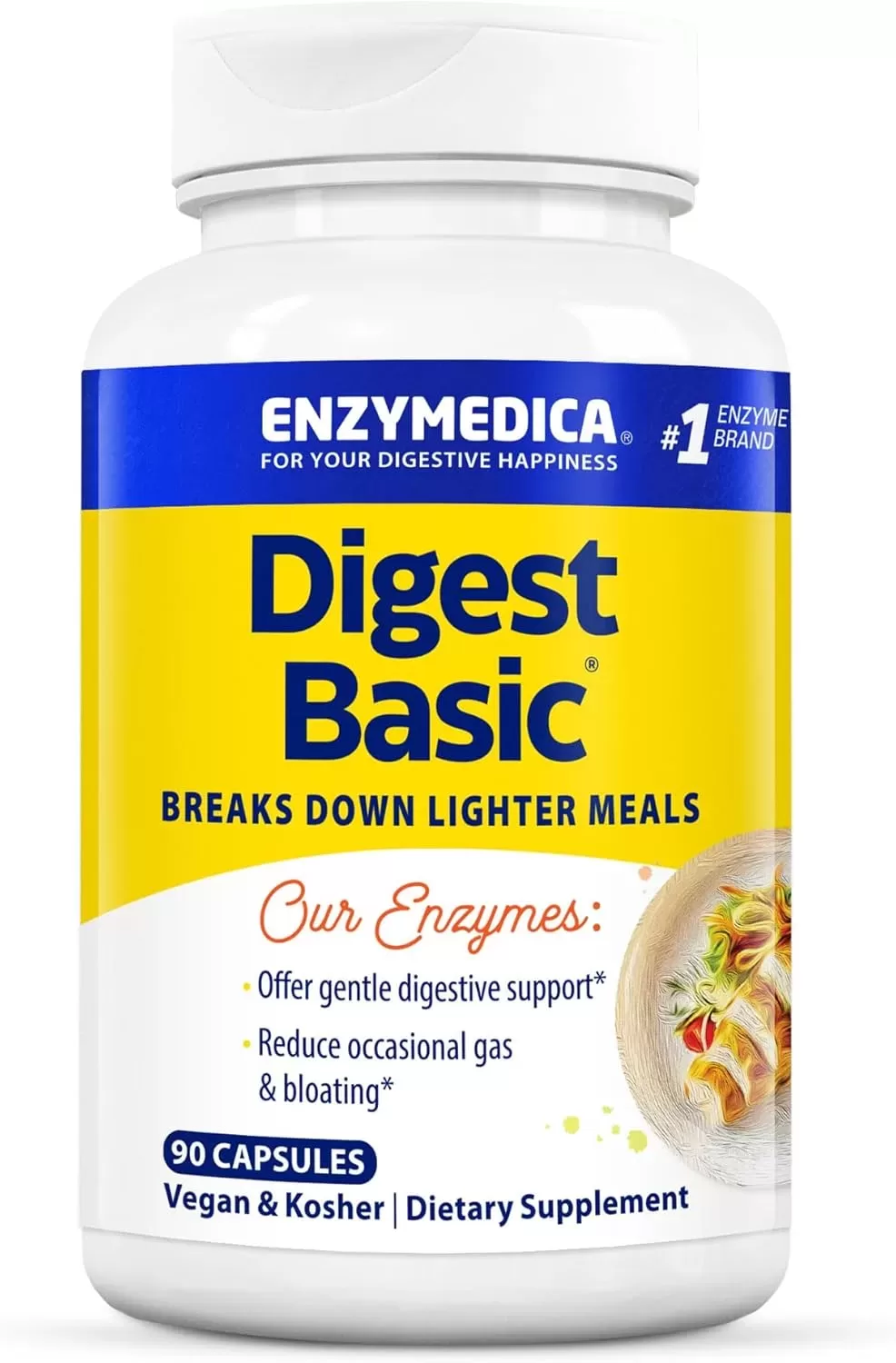
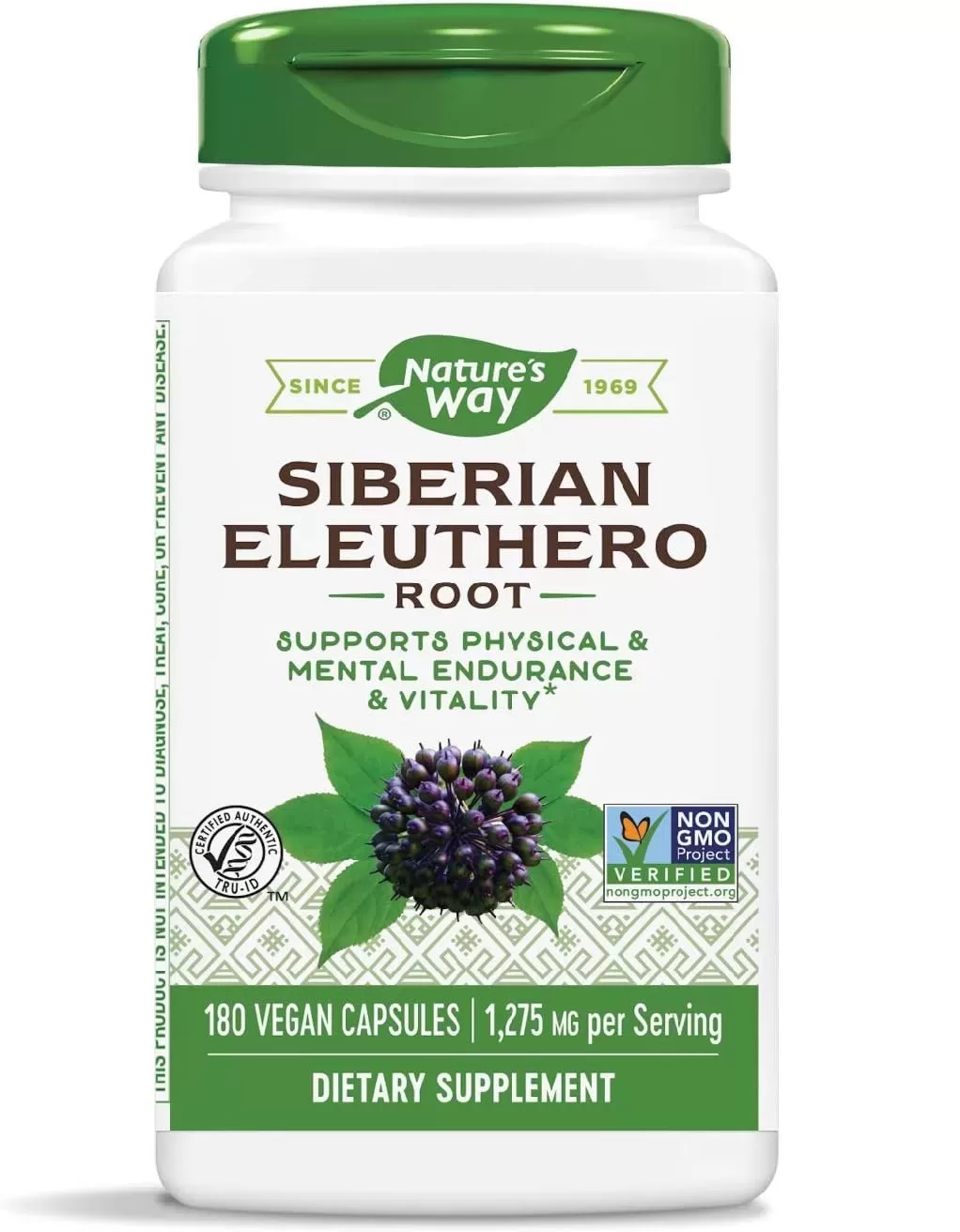


Comments are closed.